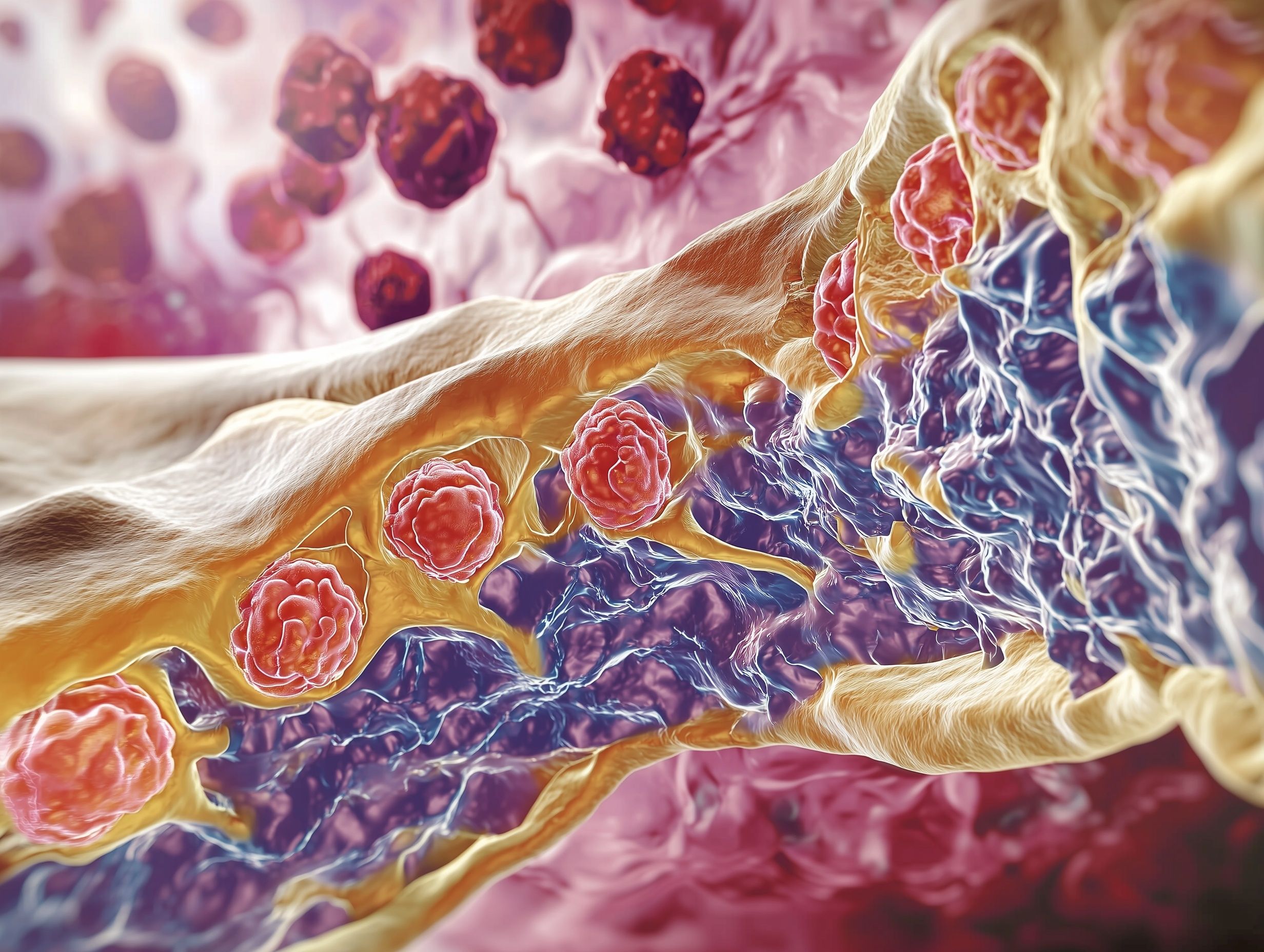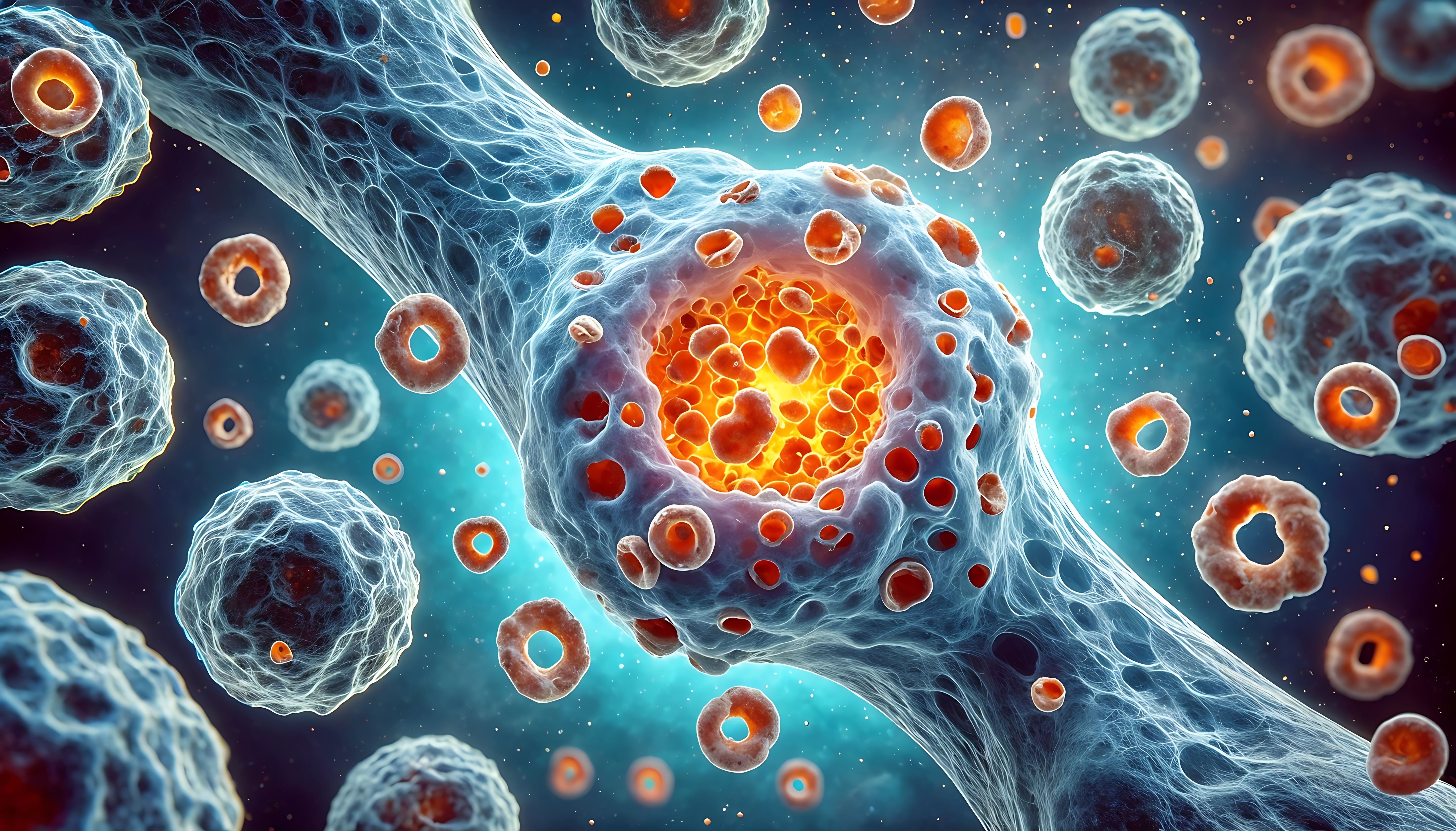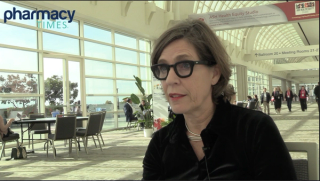
Multiple Myeloma
Latest News

Latest Videos

CME Content
More News
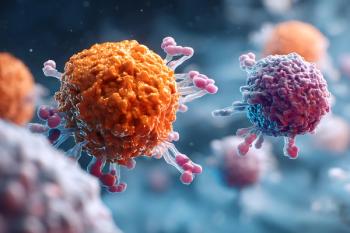
The salvage therapy led to an 80% overall response rate in patients with relapsed/refractory multiple myeloma.
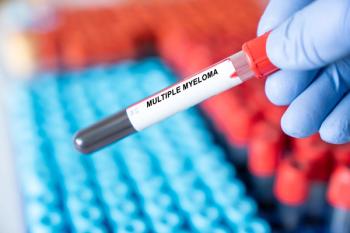
Explore the latest advancements in treating transplant-ineligible multiple myeloma, highlighting new therapies and clinical trial outcomes for improved patient care.
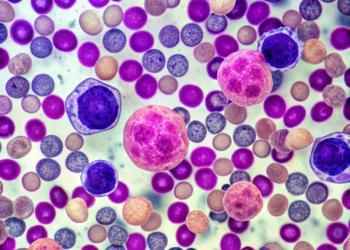
A phase 1b study demonstrated that continuous subcutaneous infusion of low-dose lenalidomide in patients with relapsed or refractory (R/R) multiple myeloma achieved promising efficacy with significantly reduced hematologic toxicity compared to conventional oral dosing.

Erin Harrell, PharmD, offers insights about managing peripheral neuropathy in patients receiving bortezomib.

The multiple myeloma landscape is evolving, with bispecific T-cell engagers offering hope.
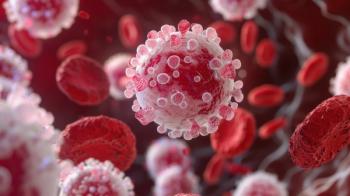
CAV-1 is a key protein in lipid rafts that helps control cellular processes such as growth, survival, and migration.

Real-time profiling of T-cell activation states in non-CAR T-cells may help guide treatment decisions.

Adding daratumumab improved minimal residual disease (MRD) negativity rates, leading to superior progression-free survival (PFS).
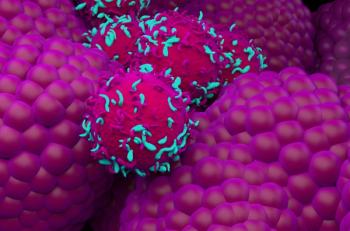
Patients with central nervous system (CNS) involvement achieved favorable outcomes with chimeric antigen receptor (CAR) T-cell therapy.

A phase 2 study showed that elotuzumab combined with pomalidomide, bortezomib, and dexamethasone was safe and efficacious.

Approximately 10% of patients with multiple myeloma have pathogenic germline variants, indicating a hereditary risk.

Use of dexamethasone over tocilizumab was associated with significant cost-savings for patients with relapsed/refractory multiple myeloma (RRMM).
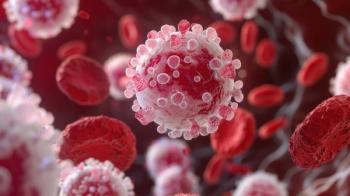
Pharmacists also navigate the REMS program and monitor and manage adverse effect profiles associated with bispecifics.

The data supports quadruplet therapy’s potential in the first line for patients with newly diagnosed multiple myeloma (NDMM).
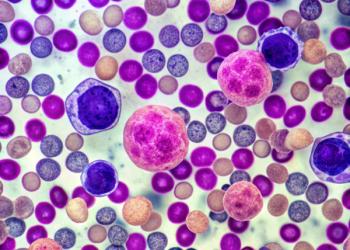
Risk stratification remains a challenge when selecting patients for treatment of smoldering multiple myeloma.
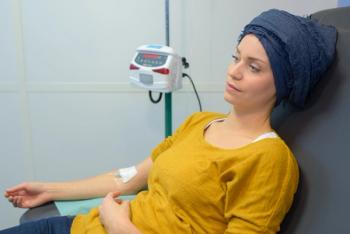
The 75 minutes of infusion time typically required is costly and difficult for patients.

C. Brooke Adams, PharmD, BCOP, discusses the evolving diagnostic criteria and management strategies for cytokine release syndrome (CRS) and immune effector cell-associated neurotoxicity syndrome (ICANS) in CAR T-cell therapy, highlighting advances in toxicity prevention and treatment selection.

OPN-6602 is an oral EP300/CBP bromodomain inhibitor that yielded 100% tumor regression as a combination therapy in mouse models.

The quadruple treatment was active and safe as initial therapy for older patients with transplant-ineligible multiple myeloma.
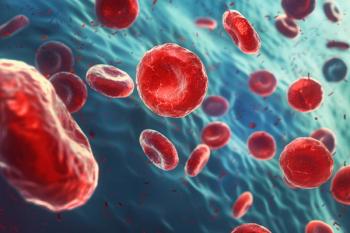
Ming-Hei Tai, PharmD, BCOP, shares his concerns about the AQUILA trial and use of daratumumab for smoldering multiple myeloma.

Expert weighs in on data from the AQUILA trial and Johnson & Johnson's approval request for daratumumab for smoldering multiple myeloma.
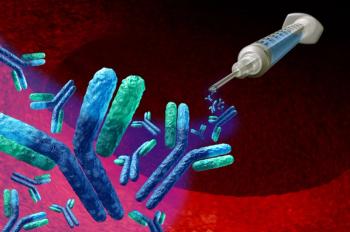
Isatuximab is a CD38-targeting monoclonal antibody that has demonstrated significant clinical success in improving minimal residual disease rates and progression-free survival.

Managing bispecific antibodies requires collaboration and meticulous protocols.

The international cohort study evaluated the safety, efficacy of BCMA-targeting agents ciltacabtagene autoleucel and idecabtagene vicleucel.

The combination yields promising results but was associated with high incidence of toxicity and infection.

